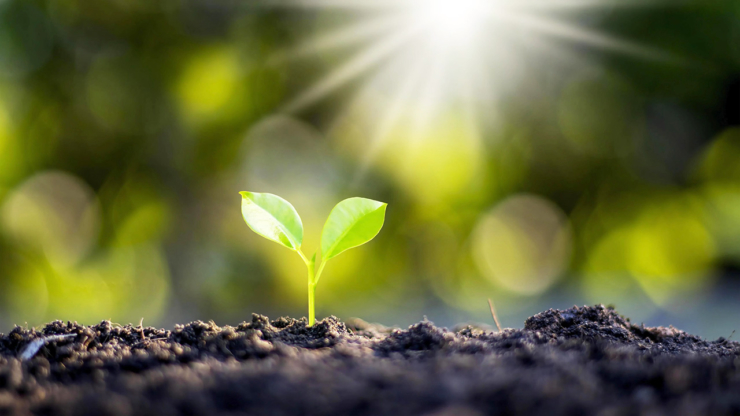Plant growth is affected by factors found in the environment, explains Advanced Nutrients Founder and CEO Mike Straumietis. Any environmental factor that is less than ideal limits a plant’s growth and, sometimes, its distribution.
Most problems with plant growth are caused by environmental stress. There are instances when poor environmental conditions, such as too little water, can damage a plant directly.
However, Mike Straumietis says that you may manipulate plants to meet your needs, whether for increased leaf, flower, or fruit production, with even a basic understanding of these factors. Also, by identifying these factors, you’ll be better equipped to diagnose plant problems caused by the environment.
Today, Mike Straumietis shares how light can affect plant growth.
Before anything else, however, it’s important to note that there are three major characteristics of light that affect plant growth. These are quality, quantity, and duration.
The quality of light refers to the color or wavelength of light. Sunlight supplies the complete range of wavelengths — bands of red, orange, yellow, green, blue, indigo, and violet.
Plants absorb blue and red light. Therefore, these lights have the greatest effect on plant growth. Blue is responsible primarily for vegetative, or leaf, growth, while red encourages flowering when combined with blue light. Plants look green because they reflect, rather than absorb, green light.
Fluorescent or cool white light is high in the blue wavelength. It encourages leafy growth and is ideal for starting seedlings. Incandescent light has a lot of red or orange light, but it generally produces too much heat to be a valuable light source for plants.
The quantity of light means the intensity or concentration of sunlight, which varies with the seasons. The maximum amount of light can be found during the summer, while the minimum amount is available in the winter. The more light a plant receives from the sun, the greater its capacity for producing food through the process known as photosynthesis — but only up to a point.
You can manipulate light quantity to elicit different plant growth patterns. Increase light by surrounding plants with reflective materials, white background, or supplemental lights. Decrease it by shading plants with different types of cloth.
The third characteristic of light that affects plant growth is duration, otherwise known as photoperiod. This refers to how much time a plant is exposed to light.
The amount of time a plant is exposed to light controls flowering in many plants. Plants as short-day or long-day, and it depends on what conditions they flower under. However, Mike Straumietis mentions that scientists have found that it is not the length of the photoperiod but rather the length of uninterrupted periods of darkness crucial to floral development.
Plants are classified into three types. There are short-day (long-night), long-day (short-night), or day-neutral. How they are classified depends on their response to the duration of light or darkness.
The short-day (long-night) plants form flowers only when the day length is less than about 12 hours. Many plants that flower in the spring or fall are in this category. Meanwhile, long-day plants form flowers only when the day length exceeds 12 hours. Most of the plants that flower in the summer are long-day plants. Plants that are day-neutral aren’t dependent on day length. Day-neutral plants include corn, tomato, and cucumber.
Some plants don’t fit into any category but may still respond to combinations of day lengths. A perfect example of this would be petunias, which bloom regardless of day length but do earlier and more profusely with long days.
Mike Straumietis notes that you can also manipulate the photoperiod to stimulate flowering. For instance, chrysanthemums usually flower in the short days of spring or fall. You can get it to bloom in midsummer. Cover them with a cloth that completely blocks light for half a day for several weeks. You’ll notice that the artificial dark period will no longer be needed, and the plant will bloom as though it were spring or fall. This is a technique growers use to make poinsettias flower in time for Christmas.














